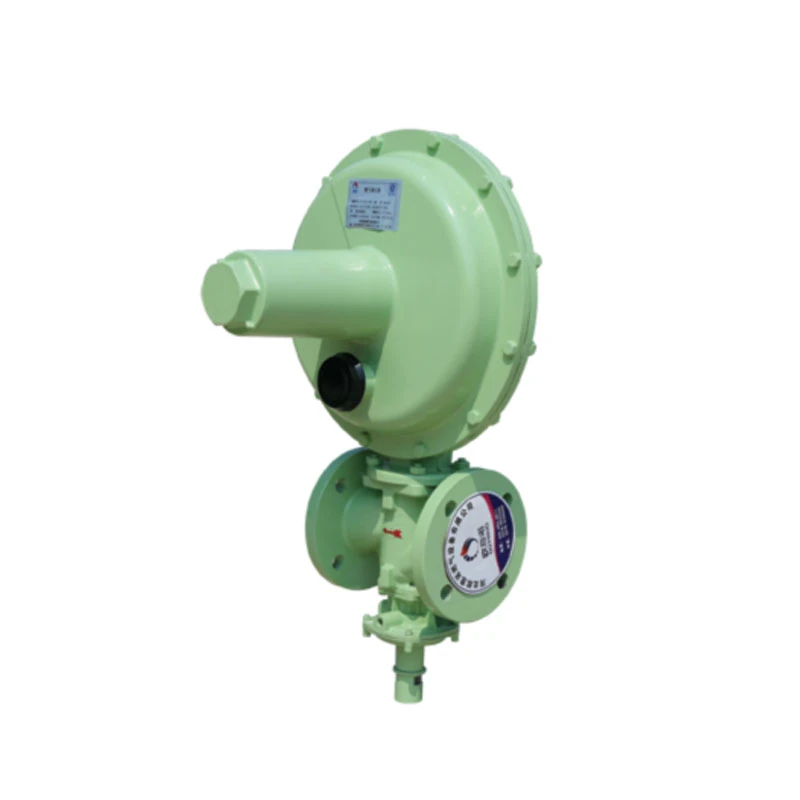
Nov . 13, 2024 06:53
Back to list
natural gas safety valve
Understanding Natural Gas Safety Valves Essential Components for Safety
Natural gas is an essential energy source that powers homes, industries, and vehicles around the world. However, its flammable nature necessitates stringent safety measures to prevent accidents. One of the critical components in ensuring safe natural gas usage is the safety valve, a device that plays a vital role in maintaining pressure, detecting leaks, and preventing catastrophic failures.
What is a Natural Gas Safety Valve?
A natural gas safety valve is a mechanical device designed to protect gas systems from excessive pressure. When the pressure within a gas system exceeds a preset limit, the safety valve automatically opens to release gas, thus preventing potential ruptures or explosions. These valves are typically installed in gas pipelines, storage tanks, and pressure regulators, functioning as a safeguard against abnormal conditions.
Types of Natural Gas Safety Valves
There are several types of safety valves used in natural gas applications, including
1. Pressure Relief Valves (PRVs) These valves are crucial for preventing over-pressurization in pipelines and storage tanks. They are designed to open and release gas when system pressure exceeds a specified limit, ensuring that the pressure remains within safe operational boundaries.
2. Relief Valves Similar to PRVs, relief valves are used to manage pressure levels. However, they are typically used in specific applications where controlled gas release is necessary to avoid hazardous conditions.
3. Emergency Shut-off Valves (ESVs) These valves can be manually or automatically activated in the event of a leak or a drastic change in operating conditions. ESVs isolate sections of the gas system, preventing the further flow of gas and allowing for safe intervention.
4. Back Pressure Regulators These valves create a pressure differential in the gas system, preventing backflow and ensuring that the pressure does not exceed safe limits. They are crucial for maintaining stable pressure in processes where fluctuations can be dangerous.
natural gas safety valve

Importance of Safety Valves in Natural Gas Systems
Safety valves are critical for several reasons
1. Enhancing Safety The most important function of safety valves is to protect against explosions and fires caused by over-pressurization or leaks. By automatically venting excess gas, these valves prevent dangerous accumulations that could lead to catastrophic events.
2. Regulatory Compliance Many jurisdictions have strict regulations governing the operation of natural gas systems. Implementing safety valves helps companies comply with legal standards, reducing the risk of fines and sanctions.
3. Protecting Equipment Safety valves also protect equipment from damage due to excessive pressure, thereby prolonging the life of pipelines, storage tanks, and other critical infrastructure.
4. Reducing Downtime Emergencies and leaks can lead to costly downtimes in commercial and industrial settings. By preventing incidents before they occur, safety valves help maintain uninterrupted operations and reduce associated costs.
Maintenance and Inspection
To ensure that safety valves function correctly, regular maintenance and inspection are essential. Gas systems should be routinely checked for any signs of wear, corrosion, or malfunction. It is also crucial to test the valves under controlled conditions to ensure that they open and close at the specified pressure levels. Operators should have a detailed inspection schedule, which may include visual checks, functional tests, and thorough evaluations by qualified personnel.
Conclusion
In conclusion, natural gas safety valves are fundamental in safeguarding gas systems from the inherent risks associated with the use of flammable gases. By automatically releasing excess pressure and isolating hazardous conditions, these valves protect life, equipment, and the environment. The investment in quality safety valves and adherence to maintenance protocols is not only a regulatory necessity but also a moral imperative for anyone involved in the handling and distribution of natural gas. As we rely on natural gas for energy in our increasingly demanding world, ensuring its safe use with effective safety valves remains a priority.
Latest news
-
Safety Valve Spring-Loaded Design Overpressure ProtectionNewsJul.25,2025
-
Precision Voltage Regulator AC5 Accuracy Grade PerformanceNewsJul.25,2025
-
Natural Gas Pressure Regulating Skid Industrial Pipeline ApplicationsNewsJul.25,2025
-
Natural Gas Filter Stainless Steel Mesh Element DesignNewsJul.25,2025
-
Gas Pressure Regulator Valve Direct-Acting Spring-Loaded DesignNewsJul.25,2025
-
Decompression Equipment Multi-Stage Heat Exchange System DesignNewsJul.25,2025

